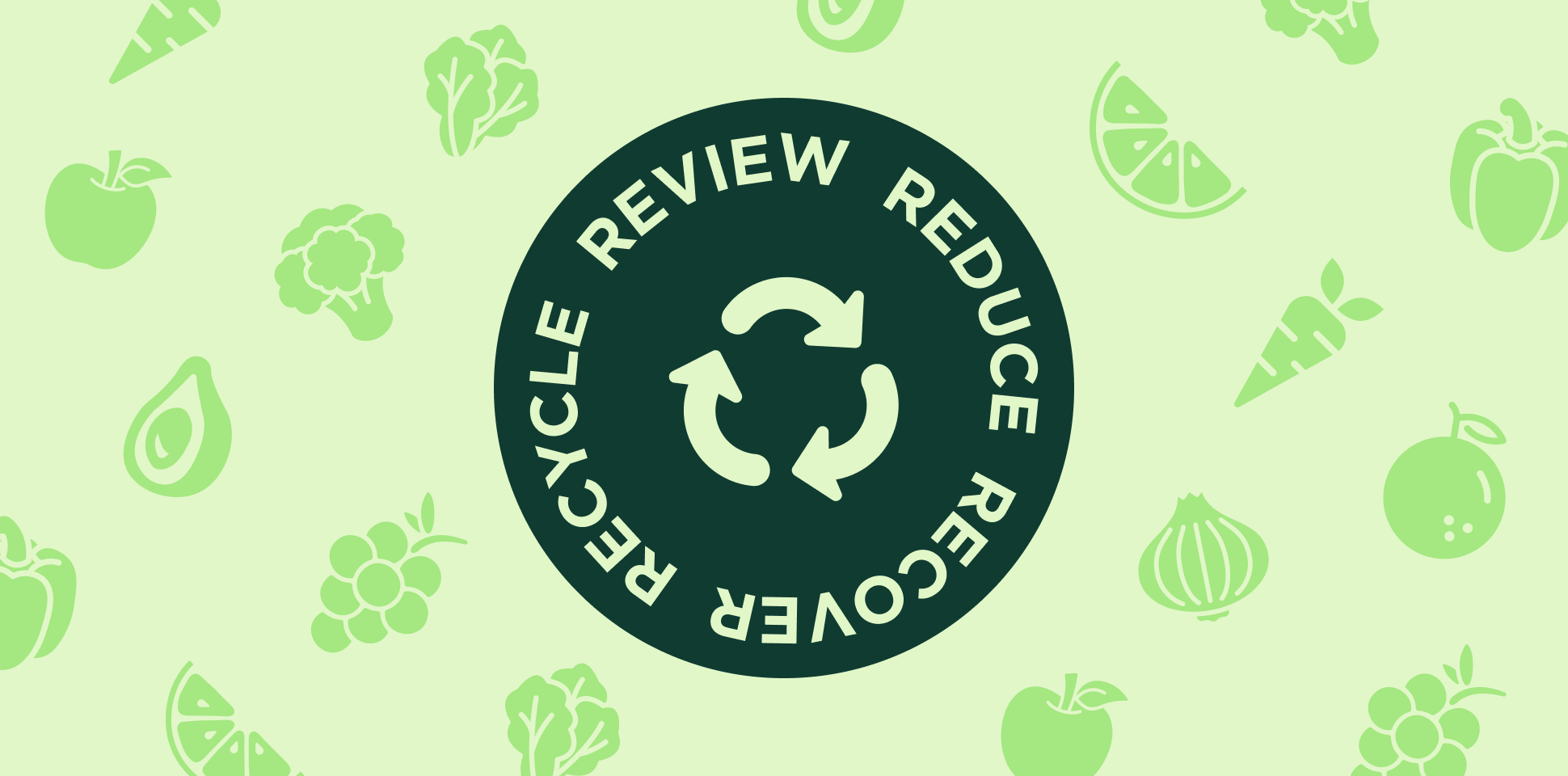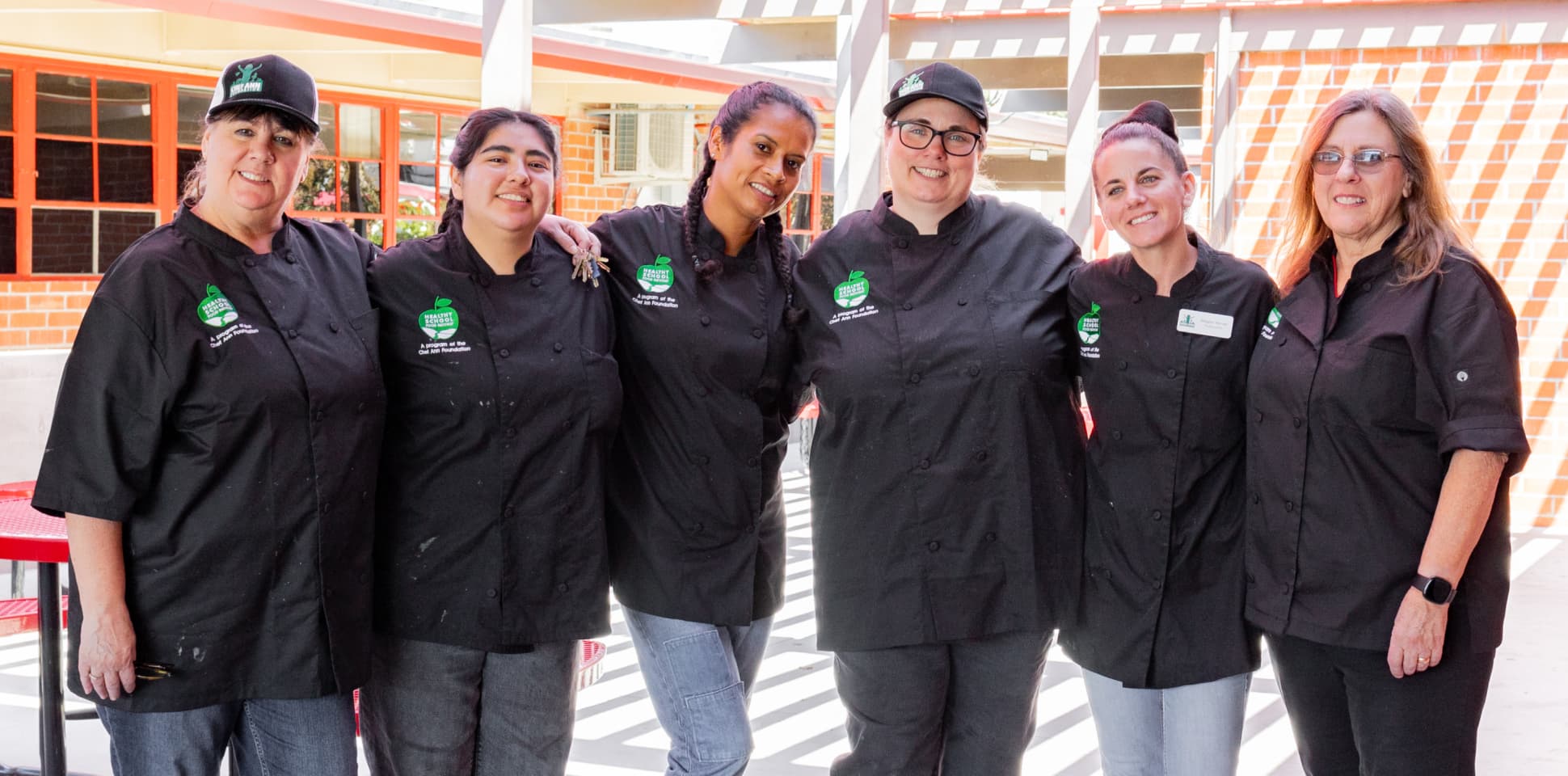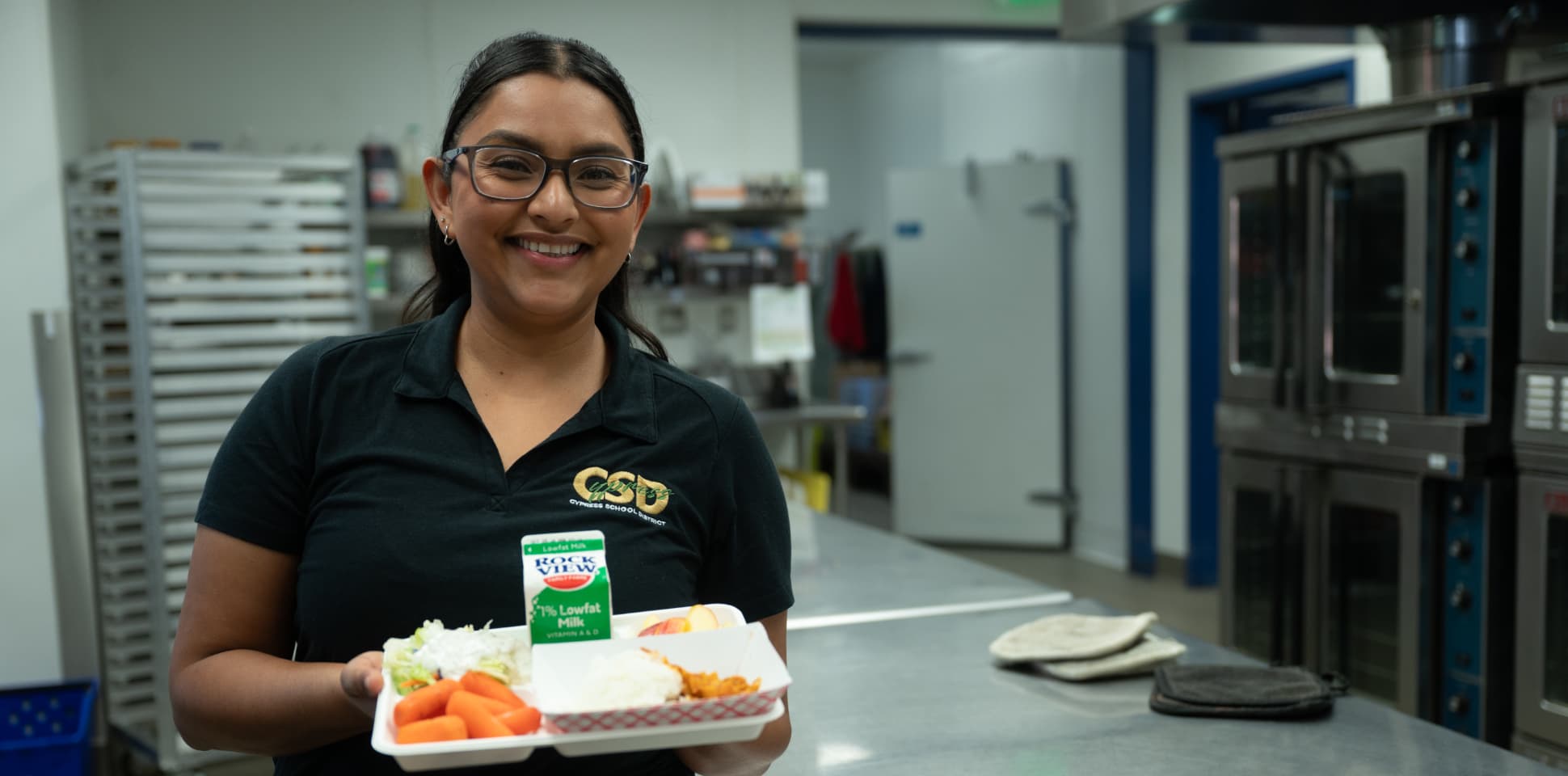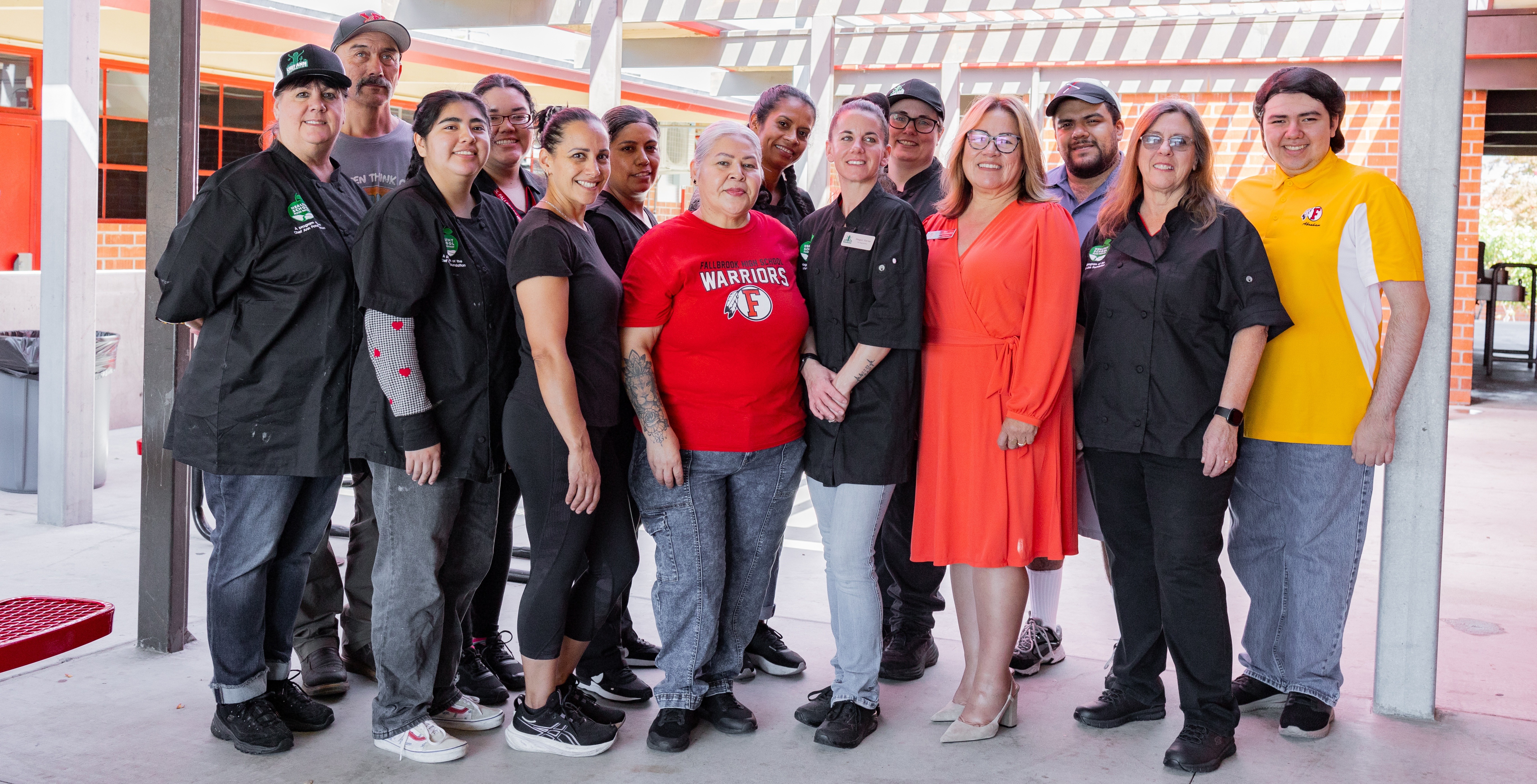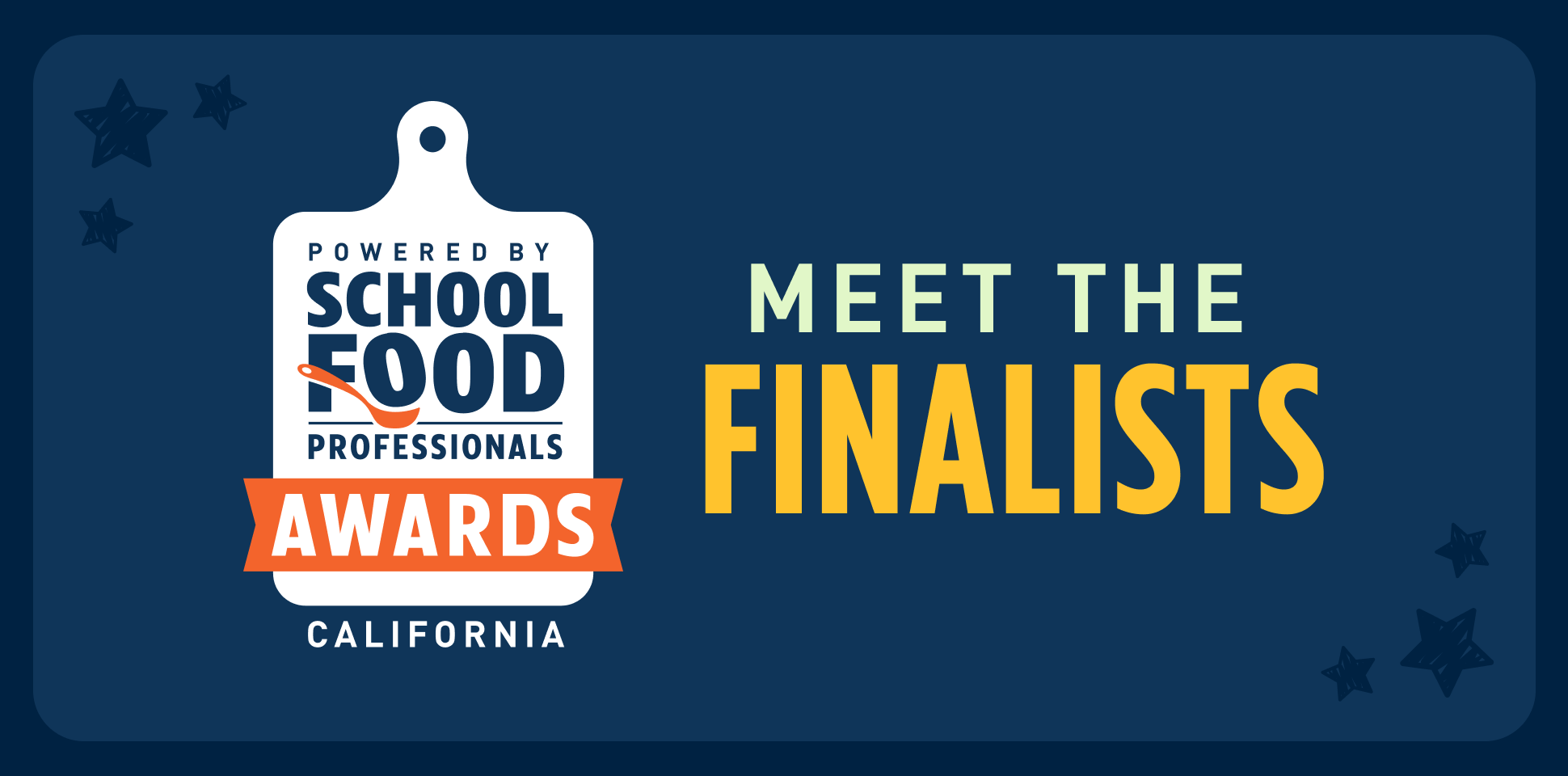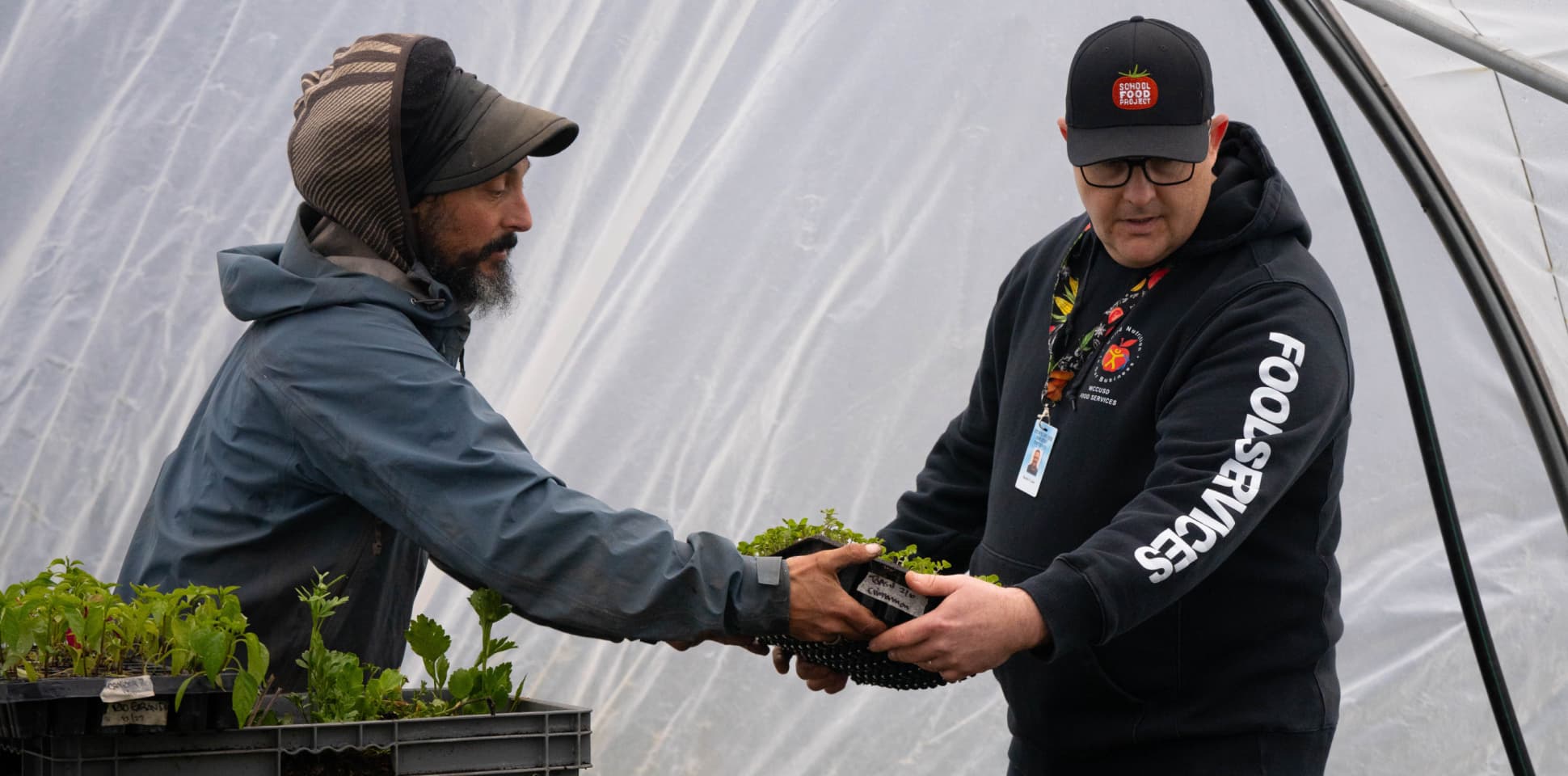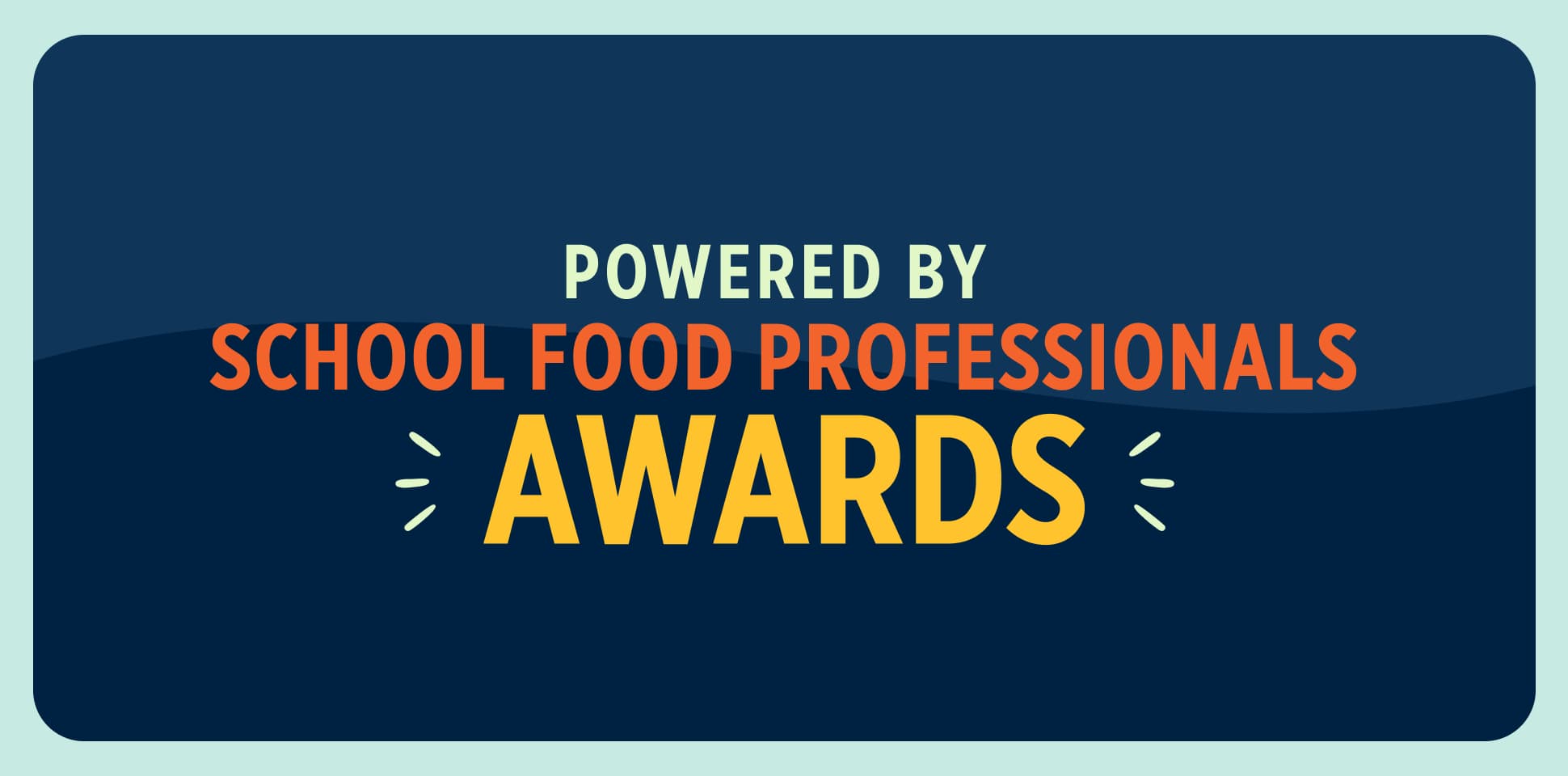Every year, U.S. schools produce as much as 530,000 tons of food waste. That includes everything from uneaten food to packaging, disposable plates and utensils, and more. The financial cost of that waste is more than $1.7 billion annually. Addressing it could have a major impact on the environment and on the millions of families who struggle with food insecurity.
Fortunately, it doesn’t have to be this way. Throughout California, School Food Professionals and their districts are leading the charge towards a “zero-waste” future. This Earth Day, we’re saluting the passionate, innovative and committed professionals who are working to eliminate school food waste, and we’re uplifting simple steps that any school or district can take to make their programs more sustainable.
Review: To eliminate food waste, the first step is to understand where it comes from and what causes it. Conducting an audit of food waste can give a better sense of how much food a program throws out and what kinds are most often wasted. When Upland High School in San Bernardino County audited their food waste, they discovered they were generating more than 350 pounds during a single lunch period. Two-thirds of that total was food waste, including more than 200 whole fruits and 40 unopened milk cartons. This understanding gave them the ability to pinpoint where they could make changes to minimize waste in the future.
Reduce: The most effective way to cut down on wasted food and packaging is not to have it go to waste in the first place. More than 60 percent of municipal waste is packaging, and the environmental impact it creates is enormous. Scratch cooking, rather than serving prepackaged items, goes a long way towards minimizing packaging and food waste. For example, offering fresh-cut fruits and vegetables not only eliminates packaging waste, but is shown to increase the amount of fruit eaten and decrease food waste on a school level, resulting in healthier kids and a healthier planet. Transitioning to bulk milk dispensers, rather than using individual cartons, has also been found to reduce packaging waste while improving overall milk consumption, all while lowering cost to schools.
Recover: When food goes uneaten, it doesn’t have to go to waste. Many schools throughout California have launched programs to get food that might otherwise go unused to students or community members who need it. Thomas Jefferson High and many other Los Angeles Unified School District schools have designated tables where students and teachers can return unopened and unconsumed items. Students who want additional food are free to take it, and at the end of the day, everything remaining can be donated. Hundreds of school districts throughout California, such as Irvine Unified and Alhambra Unified, also partner with food banks and local nonprofits to recover and redistribute surplus food.
Recycle: Recycling and composting programs enable schools and districts in every corner of the state to give new life to unused food and packaging and reduce their carbon footprints. For example, schools from across Marin County partner with Zero Waste Marin to compost and recycle food and packaging waste. In southern California, Burbank’s Bret Harte Elementary has introduced a high-tech system that can turn 100 lbs of food waste into 20 lbs of high-nutrient compost that can be used in fertilizer, animal feeds and many other ways.
Everyone wins when we minimize food waste. Schools and districts save money, fewer people and communities experience food insecurity, and the impact on the environment is reduced. We’re inspired by the way that School Food Professionals and districts are working together to create a more sustainable future for all.
